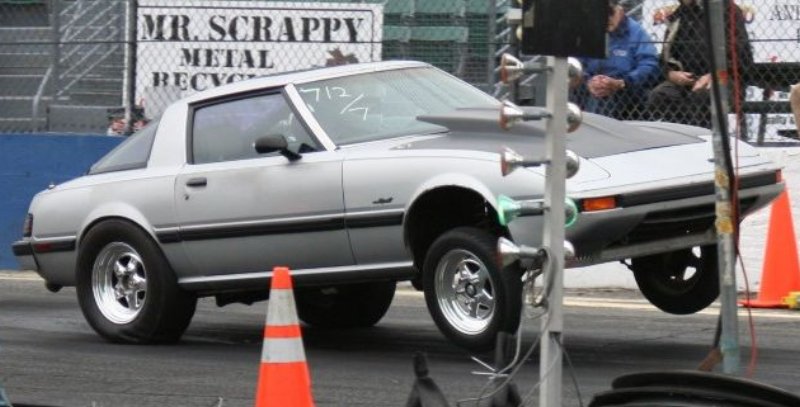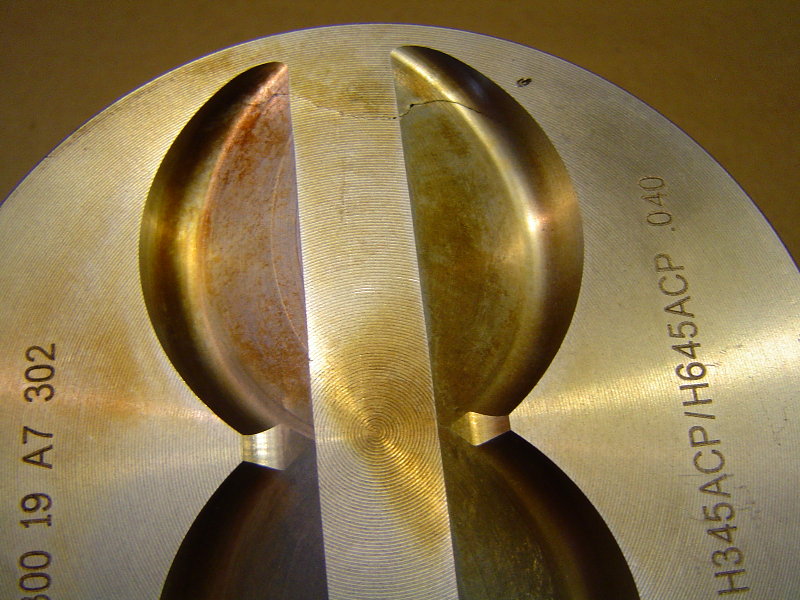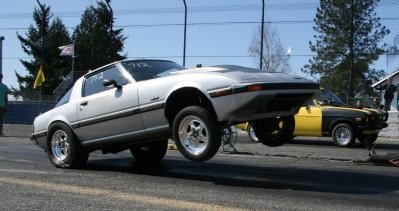The pumps flow freely internally when not running, so a failed pump will still vent crankcase pressure and not damage the engine. Most of the noise that the pumps emit comes from their exhaust port, which sounds much like a vacuum cleaner. With a pump mounted inside the car, the pump cannot be heard when the engine is running.
Here's a short list of applications and part numbers to look for...
Delco 215-425
Autozone 32-3501M
A1-Cardone 32-3500M
Ford F6ZE-9A486-DC
'07 Cobalt
'03-'09 Mustang Cobra R (actually used as a crankcase evac pump in this application)
8 cyl SVO Taurus
Most of these pumps are basically the same internally, just clocking of the inlet/outlet is different. Here's a list of vacuum drawn at various voltages...
...1"Hg @ 9.5v
...4"Hg @ 12v (draws 12amps @12v)
...7"Hg @ 16v
...8"Hg @ 18v
Here's a short list of applications and part numbers to look for...
Delco 215-425
Autozone 32-3501M
A1-Cardone 32-3500M
Ford F6ZE-9A486-DC
'07 Cobalt
'03-'09 Mustang Cobra R (actually used as a crankcase evac pump in this application)
8 cyl SVO Taurus
Most of these pumps are basically the same internally, just clocking of the inlet/outlet is different. Here's a list of vacuum drawn at various voltages...
...1"Hg @ 9.5v
...4"Hg @ 12v (draws 12amps @12v)
...7"Hg @ 16v
...8"Hg @ 18v



 . Looks like it runs good, damn good.
. Looks like it runs good, damn good.





Comment